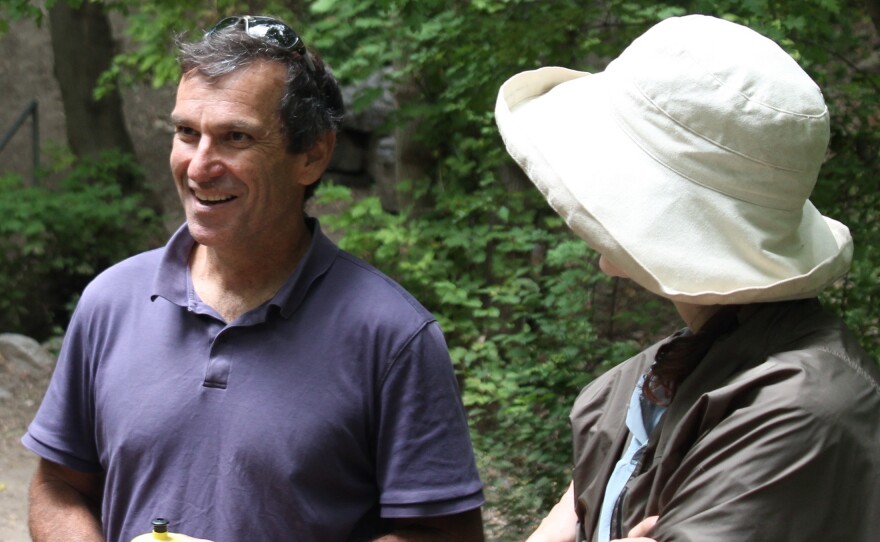Scientists are taking an in-depth look at Red Butte Creek this week to understand the dynamic between the West’s mountain streams and the communities they serve.
“We’re sampling soils here along Red Butte Creek, just outside the riparian zone,” says geophysics researcher Eric Oerter, whose team is collecting a tubular core in a forest park.
This soil contains water, and the isotopes in it will help the scientists understand the water cycles here along Red Butte Creek.
This team is one of dozens probing the secrets of the river and the 25 miles of land it tumbles down. It’s part of a mosaic of research being pulled together to provide a Big Picture-perspective that goes beyond Red Butte Creek and the Salt Lake Valley.
“We go from pristine areas that have been protected for a century down to this century-old city,” says Paul Brooks, the University of Utah professor of hydrology and biogeochemistry leading the effort. “It’s a wonderful snapshot of the issues we face all over the West in one small area that we can study in one snapshot in time.”
Just three years ago, crude oil from a leaking pipeline flowed down Red Butte Creek from the foothills through Salt Lake City backyards and into the Liberty Park Pond. While Brooks says data from this study may generate information about lingering impacts, that’s not the intention.
“We’re not trying to say something is good or bad,” he says. “We’re trying to get as broad and comprehensive a suite of data as we can.”
Researchers from two dozen laboratories and seven colleges and universities are looking at basic questions, such as where the water comes from and what organisms rely on it.









